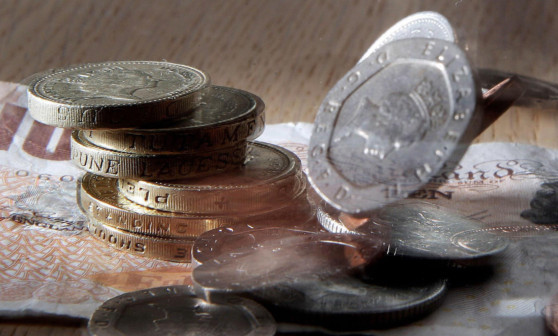Scotland’s most deprived areas including Dundee will take the biggest financial hit from Westminster welfare reforms, according to a report published today.
Research by Professor Christina Beatty and Professor Steve Fothergill, of Sheffield Hallam University, estimated the changes will take more than £1.6 billion a year out of the Scottish economy by 2014/15.
That is equivalent to around £480 a year for every working age adult.
Dundee is the third worst hit in the country, according to the report compiled for the Scottish Parliament’s Welfare Reform Committee, with an average loss of £58 million per year, or £600 per working aged adult. Only Glasgow and Inverclyde will lose more money.
Committee convener Michael McMahon MSP said: “We have been hearing during the past year people’s concerns about the reform and to see these numbers in black and white demonstrates just how bleak the picture is.”
The research focused on adults of working age as it identified them as the group most affected by welfare reforms.
Its conclusion about how much money will be lost from the economy is considerably higher than previous estimates as it takes into account changes to incapacity benefits, tax credits and child benefit.
It shows that although child benefit changes affect the largest number of households, the largest financial impact is on those in receipt of incapacity benefits £500m a year and Disability Living Allowance.
Overall, the impact in Scotland is roughly in line with the UK as a whole.
The north of England and Wales will see bigger losses than north of the border, according to the report.
Fife is expected to lose out on £30m per year, or £480 per working aged adult, with Angus £30m or £410 per head.
People of working age in Perth and Kinross and Stirling can expect to be on average £380 worse off, as the local authorities lose out by £36m and £22m respectively.
Professor Fothergill said: “It is important that the impact on different places is fully exposed because this is a key dimension that is too often overlooked.
“The impact on different places is also one of the yardsticks by which the reforms should be judged.”
A Government spokesman said:“Around nine out of ten working households will be better off by on average almost £300 a year as a result of changes to the tax and welfare system this month. Raising the personal allowance to £10,000 will have lifted 224,000 people out of income tax in Scotland since 2010.
“Our welfare reforms, including reassessing people on Incapacity Benefit, will help people back into work which will benefit the economy more than simply abandoning them to claim benefits year after year. These changes are essential to keep the benefits bill sustainable, so that we can continue to support people when they need it most across the UK.”
